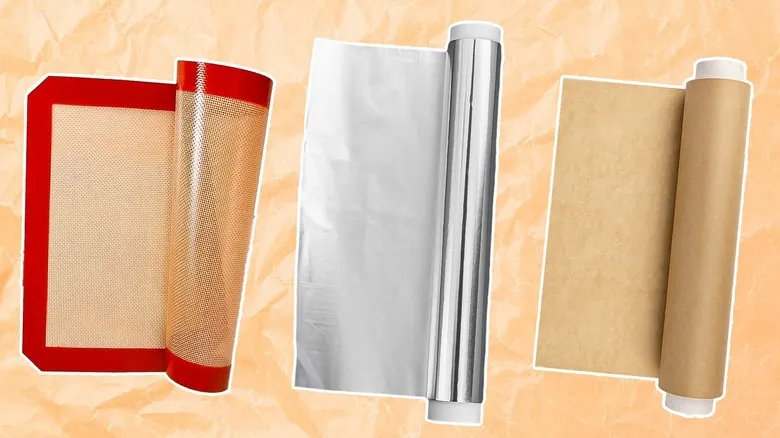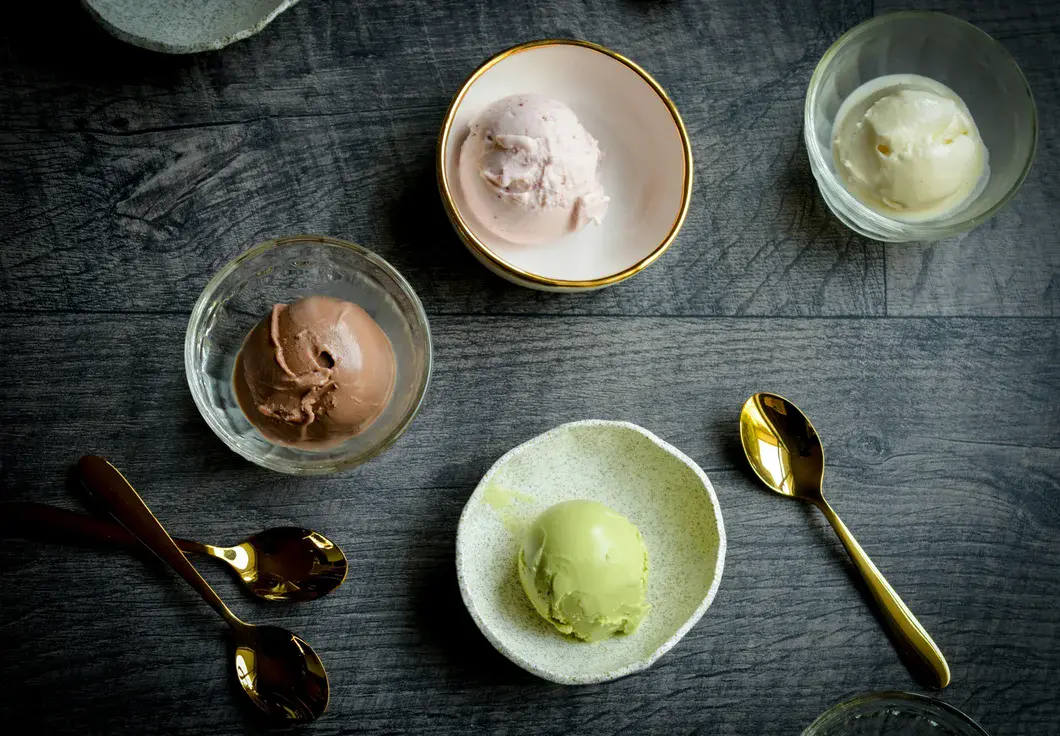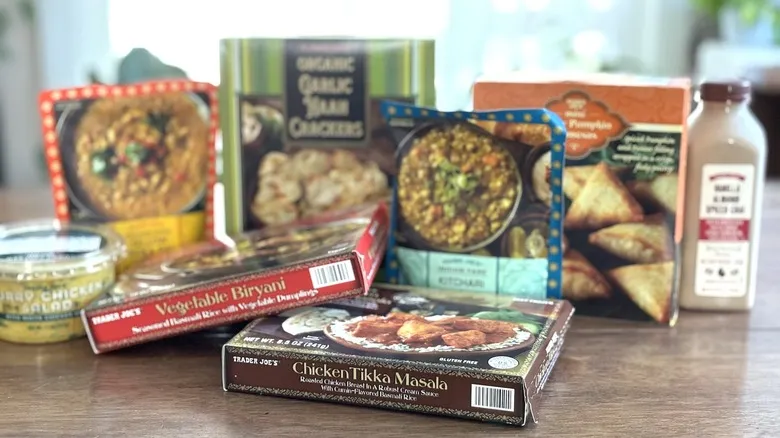Aluminum foil and silicone mats both have heat-related drawbacks
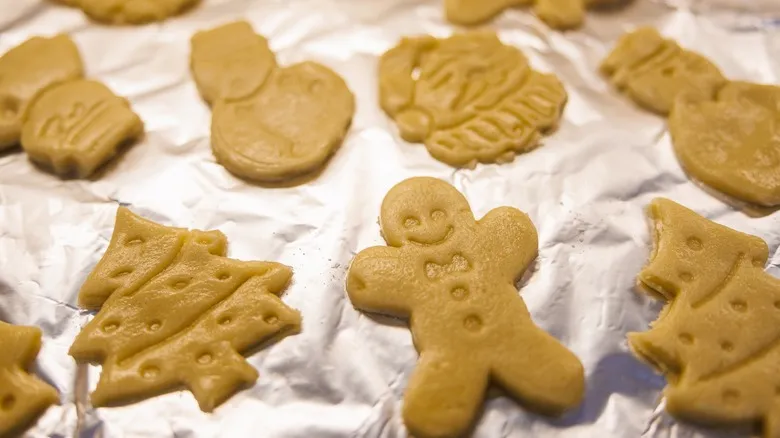
If you've been using aluminum foil to line your baking sheets, it's time to stop this practice right away—unless you enjoy your cookies being overly crispy (or should we say burnt?) on the bottom. As the name suggests, aluminum foil is primarily composed of thin sheets of aluminum metal, which is an excellent conductor of heat. In the oven, the foil absorbs so much heat that the bottoms of the cookies, which come into direct contact with it, will heat up and bake faster than the tops. This results in unevenly baked cookies that are likely to burn on the bottom. While aluminum foil is disposable, unlike your baking sheet, it can sometimes stick to baked goods, making it a less-than-ideal nonstick option.
In contrast, silicone baking mats are non-conductive and are a great choice for bakers looking to minimize waste and avoid single-use kitchen items. These mats are thicker than parchment paper and aluminum foil, and they are pre-cut from food-grade silicone to fit standard baking trays. The benefits include reusability, excellent nonstick properties, and ease of cleaning. However, the main drawback is that their thickness and nonstick nature can insulate cookies too much from the heat of the tray, causing them to spread and become overly dense or greasy. In essence, silicone mats face the opposite issue of aluminum foil—they insulate from heat instead of conducting it!
Overall, parchment paper bakes the best
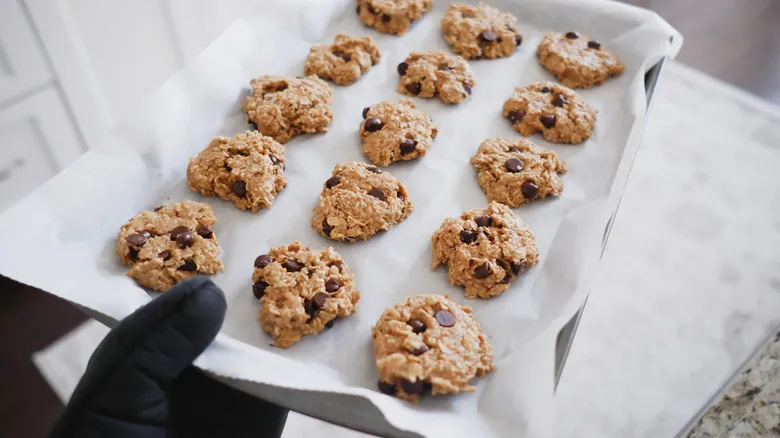
To achieve the perfect texture for your cookies, parchment paper is the ideal choice. Treated with silicone, parchment paper is thinner than baking mats, providing heat resistance and nonstick properties while still allowing cookies to receive adequate direct heat. Additionally, it excels at absorbing grease and moisture compared to silicone mats. Available in both pre-cut sheets and rolls, parchment paper can be easily customized to fit all your baking pans. It also offers a variety of useful hacks and applications in the kitchen beyond just cookie baking! However, unlike silicone mats, parchment paper has limited reusability, making it a less eco-friendly option.
While parchment paper is generally the best option for baking cookies, there are situations where other alternatives may be more suitable. For extremely sticky treats like caramel-based brittle or sourdough cinnamon rolls, silicone mats are preferable due to their superior nonstick properties and durability. If you desire an extra-crispy bottom on your cookies, aluminum foil can be a good choice. Nevertheless, for classic chocolate chip cookies, parchment paper remains our top recommendation.
Recommended
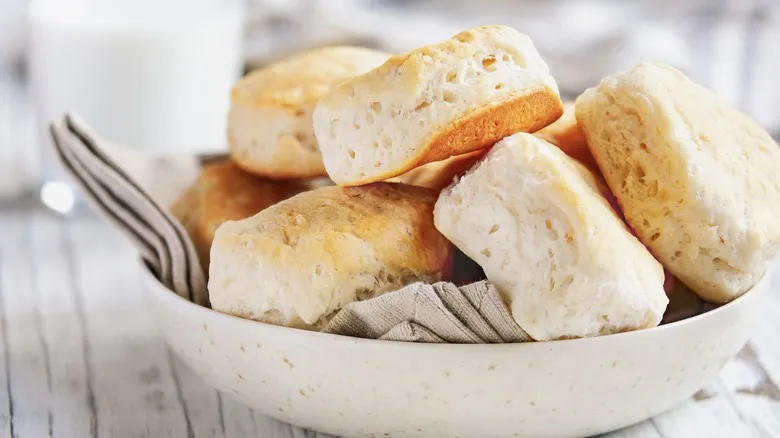
The Exact Difference Between Biscuits And Scones
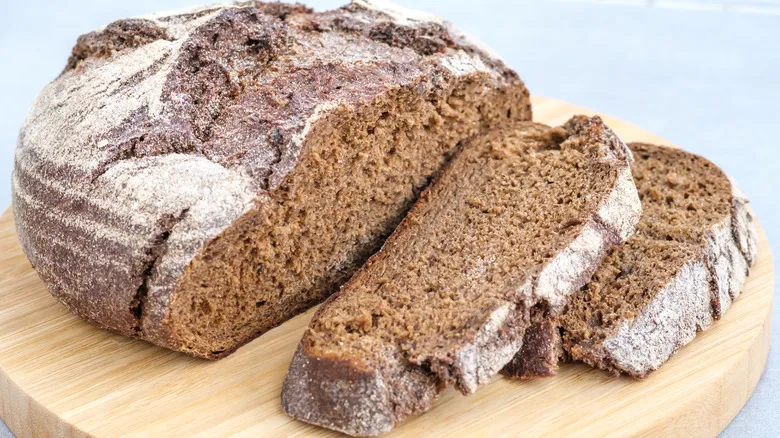
The Flour Tip You Need For Fluffier Rye Bread
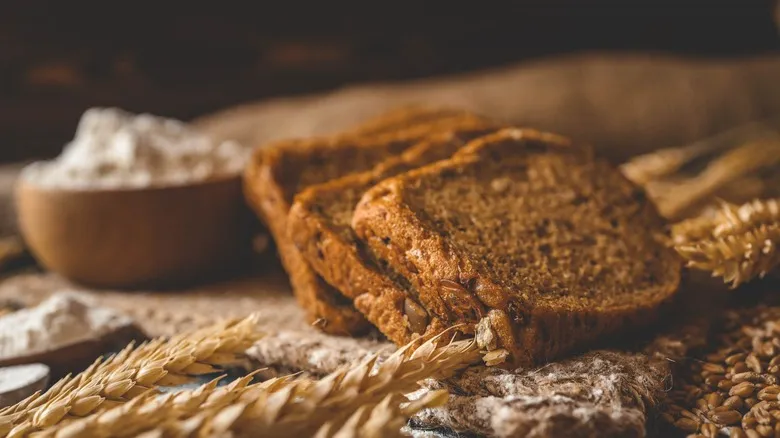
The Easiest Way To Upgrade A Rye Bread Recipe According To A Pro
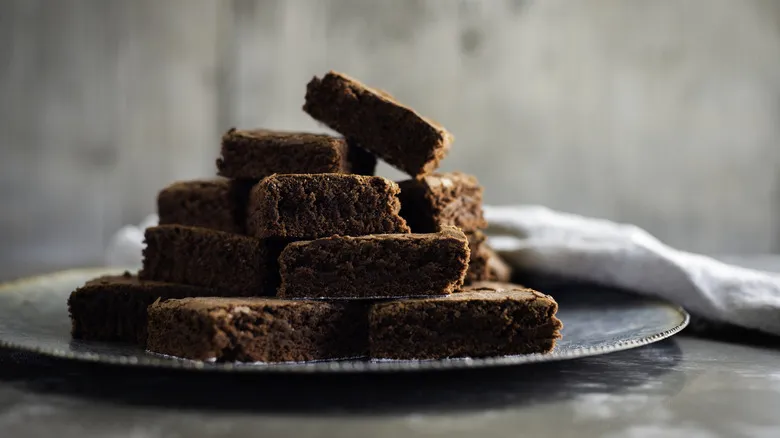
The Best Way To Store Brownies (And How Long They'll Last)
Next up

